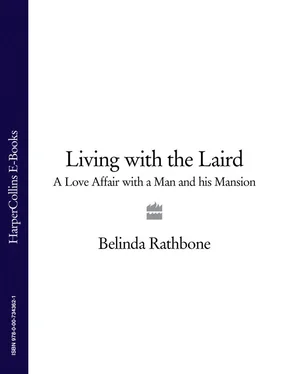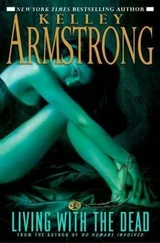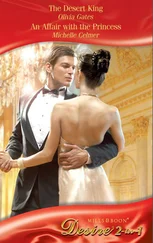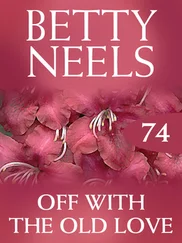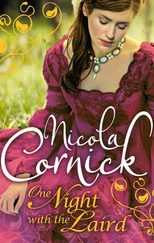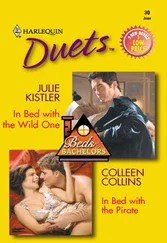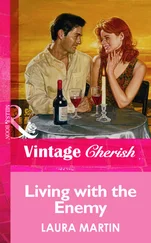Between the distractions of the festival, as we relaxed over tea or a beer, conversation inevitably turned again and again to the Guynd. John rambled. His answers to my questions were not always easy to follow. He had a way of hurrying through some subjects, then taking long circuitous routes around the point of another, as if the idea was to keep his listener in the dark. I had a feeling that the place was on his mind all the time, even when he was asleep. Sometimes, awake, lost in thought, his face would twitch and contort, engaged in some angry exchange with one of his many demons. He was not in the habit of sharing his thoughts as much as battling them out alone. The only thing that seemed clear, from where we now sat just fifty-odd miles south of the Guynd in an Edinburgh café, was that I could not carry on the conversation much further without meeting his albatross face to face. All right, he eventually, reluctantly, agreed, we could dash up to the Guynd for a night or two, maybe visit friends in Fife or Perthshire on the way to or from, to take the edge off the point of our main destination.
In his mother’s dusty gold VW Scirocco we left Edinburgh, crossed the Firth of Forth into Fife and drove through a hilly, pastoral landscape for another thirty miles or so. Crossing the Tay Bridge we entered the big, grey town of Dundee and the county of Angus. We stopped for groceries at a supermarket at the far end of town, agreeing on chicken for dinner, eggs for breakfast. From there onwards the route was along narrow, winding country roads. John grew silent. As he shifted gears I could tell he knew every bend. Finally he slowed at a junction where a small weather-beaten wooden sign pointing to the right read, ‘Guynd—½mile’. His profile tightened as we approached a low, ivy-covered wall and the stone lodge at the head of the front drive.
Passing through the iron gates, John unstrapped his seat belt as if to relieve some of his tension at the prospect of coming home. He suddenly turned hawk-like in his attention to a rut in the road here, an untidy edge of lawn there. He muttered to himself things that were too obscure for me to understand. He was talking to himself anyway. We had left the world of the present and had entered the long tunnel of his past.
To my American eyes the landscape appeared lush and orderly, mature rather than overgrown. As we drove the half mile from the main road to the house, an acre of lawn suddenly opened up on the left, edged with abundant rhododendrons, followed by shadowy woods of towering beech trees. Then the landscape opened wide with a pasture on the right, huge oaks and sycamores dotting it here and there, shading the grazing cattle and, on the left, a freshly ploughed field. Straight ahead in the distance on a slight rise, surrounded with tall trees and shrubs, I could see the house.
Late Georgian, its neoclassical lines somewhat weather-worn at the edges, the house reminded me of a picture I had grown up with that hung in our dining room of a Regency house designed by my great-great-great grandfather in England. It had always puzzled me as a child. They called this a house? It looked to me more like a bank or a post office than a family home. Now here it was, as if the watercolour had come alive. That this style could have been considered, in its heyday, ‘informal’, that its strict symmetry was designed to relate to a romantic landscape, takes some time and study on the American’s part to fully understand. For the time being it was enough to take in its sheer bulk of stone. It was enough to wonder, as we approached the front portico, what a house like this one was doing with a pair of ordinary storm doors painted institutional green, inset with wired glass windows.
John fumbled with a collection of keys on a string and opened the heavy double doors, then the big front door. We entered a vast front hall. It smelled damp, the damp of stone walls and old carpets and I didn’t know what else. Its far corners were rounded by fourteen-foot classical columns and matching pilasters, all of them painted black. The walls had faded from whatever they once were to a nondescript beige. An old Turkish carpet of pale green and orange covered the stone floor. A single bare light bulb hung from the ceiling. A mass of tools and bric-à-brac littered a table in one of the far corners. A wicker dog basket, padded with a shredded blanket, presided over another. A large armchair shouldered the overflow from the cloakroom. There were two alcoves containing bronze boy figures of unknown origin on pedestals, one of them adorned with a paper party hat, and two grandfather clocks, one to the right, the other straight ahead under the stairs, neither ticking.
Beyond the pillars the stone staircase was piled with things on their way somewhere, up or down. A begonia plant with large pointed waxy leaves, which at first glance I thought was plastic, had been trained to wind its way up the banister. Looking up, I discovered the source of light the begonia was heading for—a huge round glass cupola with wrought-iron filigree, edged with the grime of condensation.
Instantly John abandoned the role of host that he had played with such flair in Edinburgh. I looked on in some confusion as he followed his distracted thoughts from one source of anxiety to another, dodging about and disappearing into dark cluttered passages and behind doors, then appearing again out of another, clutching the odd tool, suddenly remembering that I was there, not quite sure what to do about it. ‘Are you all right? Do you need anything?’
I couldn’t think what I needed. ‘No, no I’m fine.’ Anyway, I was apparently being left on my own to explore.
Opening a pair of large veneered double doors off the front hall, I discovered the dining room. More Ionic columns, this time white, formed a screen at the far end of the room. The windows were tall and generous and the walls were faded Wedgwood blue. A baroque painting of the Madonna and Child, punctured and patched with what appeared to be a wad of tar, occupied the wall between the columns. Ancestor to my left—a pleasant-faced late Georgian gentleman with a bemused smile. Ancestor to my right—a rather more determined-looking Victorian. On the dining room table dust had gathered around the place mats, left from a dinner party some months ago. More chairs than I could count. A small table on the side draped in cloth as thick as a blanket held a white metal plate warmer, such as you might see in a rooming house. A variety of vintage electric space heaters stationed in the far corners assured me that this was a cold room in winter, perhaps even in spring. The floor was covered, inexplicably, with stained puddle-brown linoleum.
On the other side of the front hall, directly opposite the dining room, a matching pair of doors opened into the library. Bookshelves built into deep architraves, stocked with leather-bound volumes and edged with a bedraggled leather dust fringe, gave off the faint glint of faded gold leaf. A clutter of souvenirs and children’s toys littered the shelves in front of the books. Colour picture postcards curled with damp lined the white marble mantelpiece. Half empty tonic and gin bottles sprouted from the drinks tray behind an enormous armchair covered in brown stretch fabric. But how to get across this room, past the barricade of oversized armchairs, huge standard lamps with their cockeyed shades, a giant television, an old hi-fi system built into a table, three-and-a-half-foot speakers covered with pink psychedelic fabric, and through the curtained archway straight ahead?
Picking my way across the room I drew the curtain and passed through the arch into a spacious drawing room, bright even with the shades drawn. Three windows at the far end, facing south-west, flanked the bowed end of the house. Dodging a collection of dead flies on the windowsill, I gave the shades a tug and revealed with a snap a living triptych of fields and trees. Another large window on the left framed an ancient copper beech and shed a shaft of light on the keyboard of the grand piano. It was a hall of mirrors and glass: gold-leafed mirror brackets over marquetry game tables in the niches of either side of the fireplace, a huge mirror over the mantel and overhead a Bohemian glass chandelier, dripping with prisms. A hard-edged art deco drawing room suite, covered in wrinkled pink damask loose covers, dominated the middle of the room. This was clearly the lady’s end of the house, her showpiece. I imagined John’s mother serving tea.
Читать дальше
